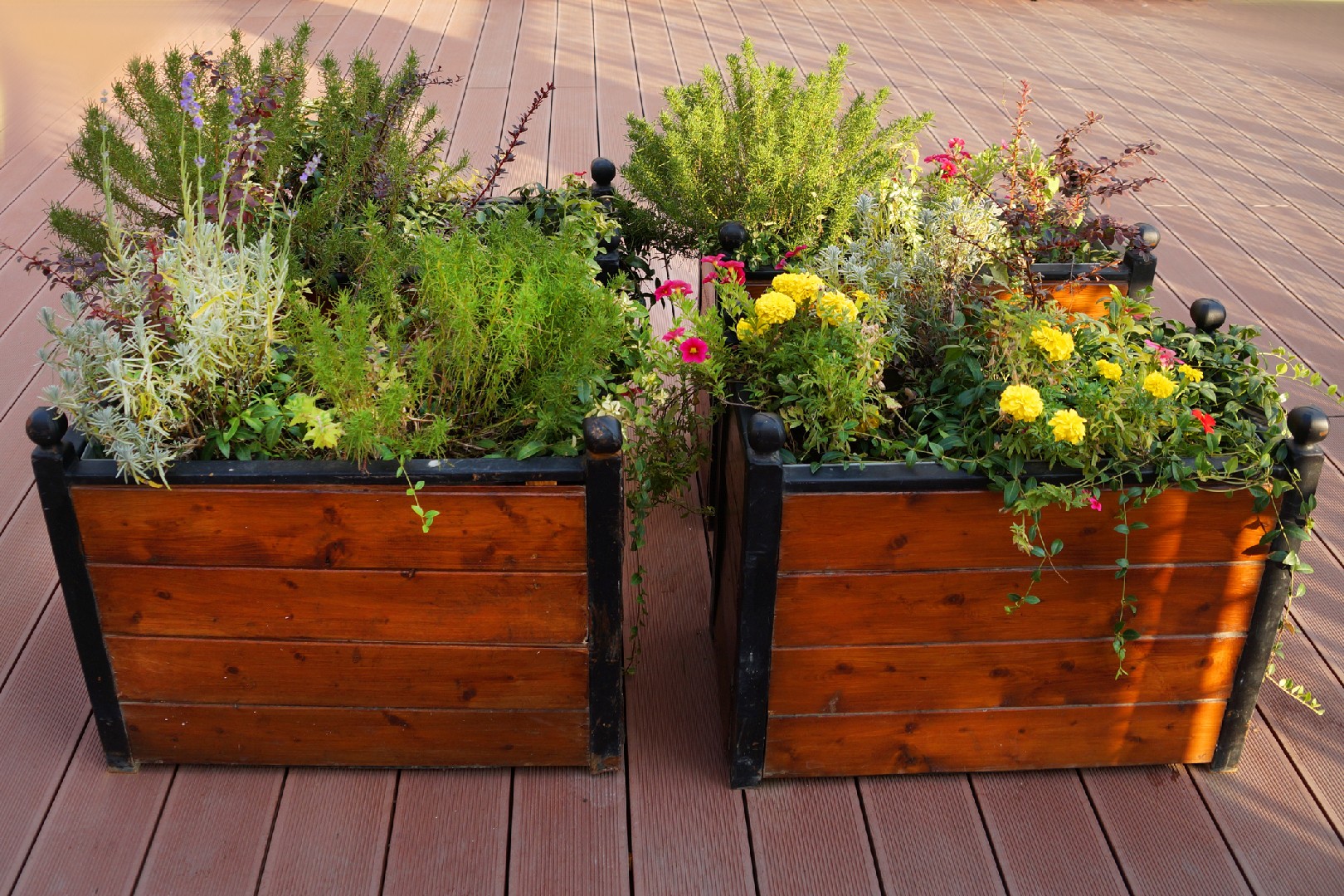![Rectangle]()
Tactical Maintenance for Lasting Beauty and Health
In order to maintain the beauty and health of your container garden, it is important to follow some essential care tips and perform regular maintenance tasks. Here are some practical methods and skills that you can employ to ensure the longevity and vibrancy of your plants.
First and foremost, watering is a crucial aspect of container gardening. Unlike plants in the ground that can access water from the soil, container plants rely solely on the water you provide. It is important to water your plants regularly, especially during hot and dry weather. However, overwatering can be just as detrimental as underwatering, so it is important to find the right balance. One helpful tip is to stick your finger into the soil and water only when the top inch feels dry. Additionally, you can use self-watering containers or install a drip irrigation system to ensure consistent moisture levels for your plants.
Fertilizing is another important aspect of container gardening. Since container plants have limited access to nutrients in the soil, it is necessary to supplement their diet with fertilizers. You can choose between organic and synthetic fertilizers based on your preferences. It is generally recommended to fertilize container plants every two to four weeks during the growing season. However, be sure to follow the instructions on the fertilizer package and avoid over-fertilization, as it can lead to leaf burn and other issues.
Regular monitoring for pests and diseases is crucial for maintaining the health of your container garden. Check your plants regularly for any signs of pests, such as aphids, spider mites, or whiteflies. If you notice any pests, there are various methods you can employ to control them, including insecticidal soaps, neem oil, or introducing beneficial insects. In terms of diseases, common issues in container gardening include fungal diseases like powdery mildew or root rot. To prevent and manage diseases, it is important to practice good sanitation, such as removing any diseased plant material and avoiding overcrowding.
Plant rotation and repotting are two techniques that can help ensure the long-term health of your container garden. Plant rotation involves changing the location of your plants within your garden to prevent pests and diseases from becoming established. It is especially important if you are growing plants that are prone to specific pests or diseases. Repotting, on the other hand, is necessary when your plants outgrow their containers or when the soil becomes depleted of nutrients. When repotting, choose a container that is slightly larger than the current one, and use fresh potting soil.
By following these maintenance tips and employing these skills, you can optimize the beauty and health of your container garden. Remember to adapt your care routine based on the specific needs of your plants, as different plants may have different watering, fertilizing, and maintenance requirements. With proper care and attention, your container garden will not only thrive but also bring you joy and satisfaction.





